Uganda, nestled in the heart of East Africa, offers wildlife experiences that rival those of more famous safari destinations. The country’s diverse landscapes range from savannahs and wetlands to rainforests and mountains, creating habitats for an incredible variety of animals.
Uganda’s conservation efforts have helped preserve these natural treasures while allowing visitors to observe wildlife in their natural settings. Here is a list of 20 wildlife encounters you can have in Uganda.
Mountain Gorillas
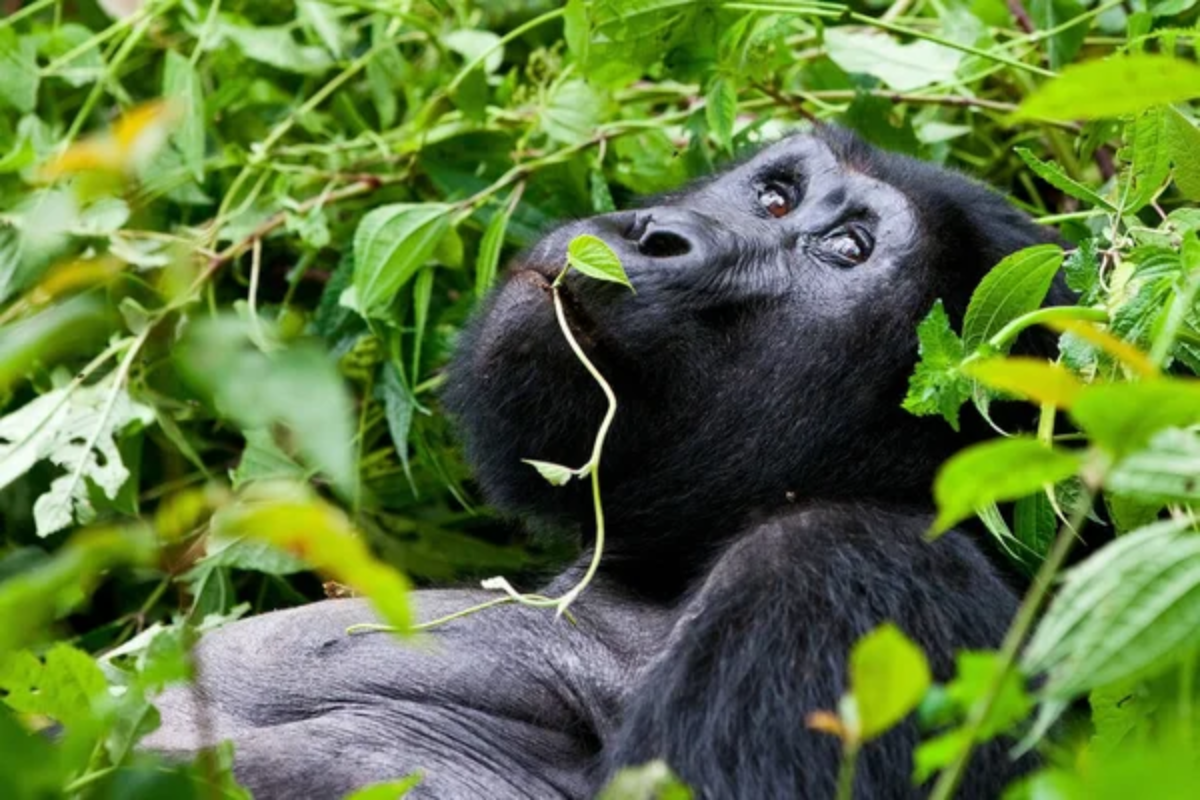
The Bwindi Impenetrable Forest and Mgahinga Gorilla National Park house nearly half the world’s remaining mountain gorilla population. Trekking through dense forest brings you face-to-face with these gentle giants, where you’ll spend a precious hour observing family dynamics and behaviors.
The experience of meeting a silverback’s gaze from just a few yards away creates an unforgettable connection to our primate relatives.
Chimpanzees
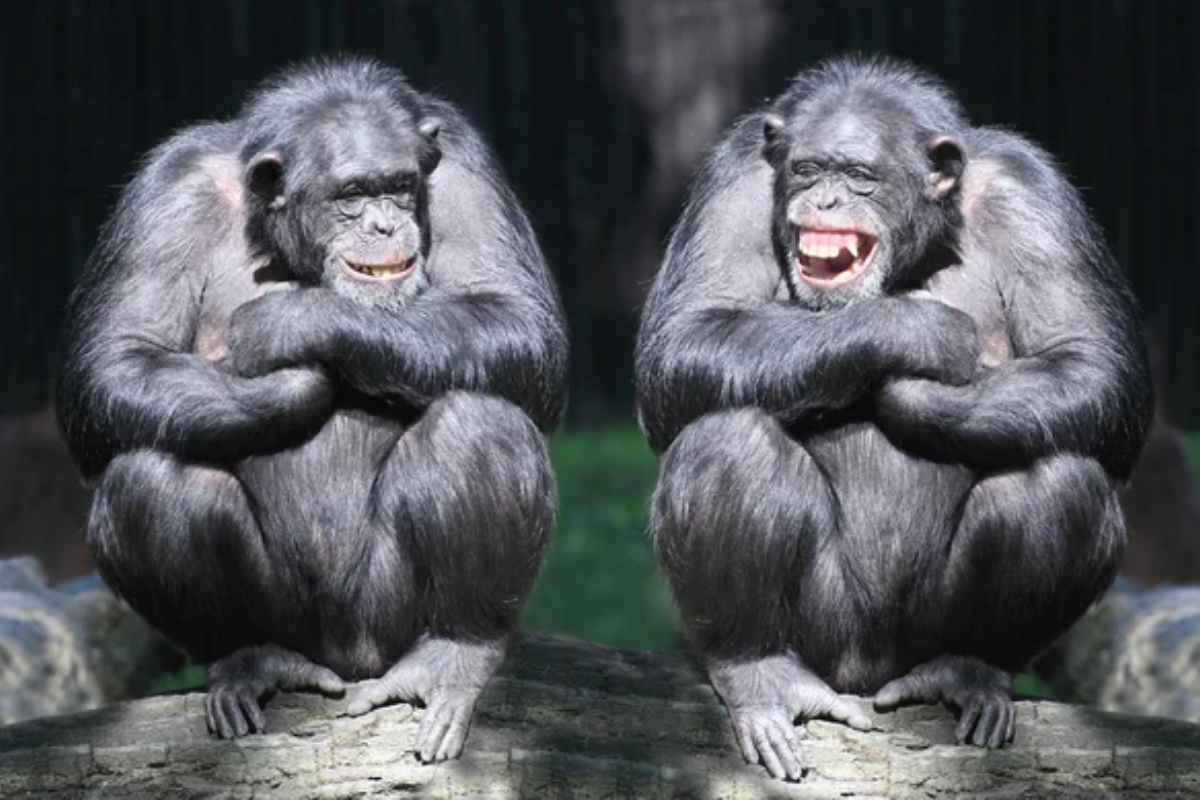
Kibale National Park boasts one of Africa’s highest concentrations of primates, with chimpanzees being the main attraction. These intelligent creatures share 98.7% of human DNA and display fascinating social structures during daily activities.
Watching them use tools, communicate, and care for their young feels like observing a mirror to human society.
Like Travel Pug’s content? Follow us on MSN.
Tree-Climbing Lions
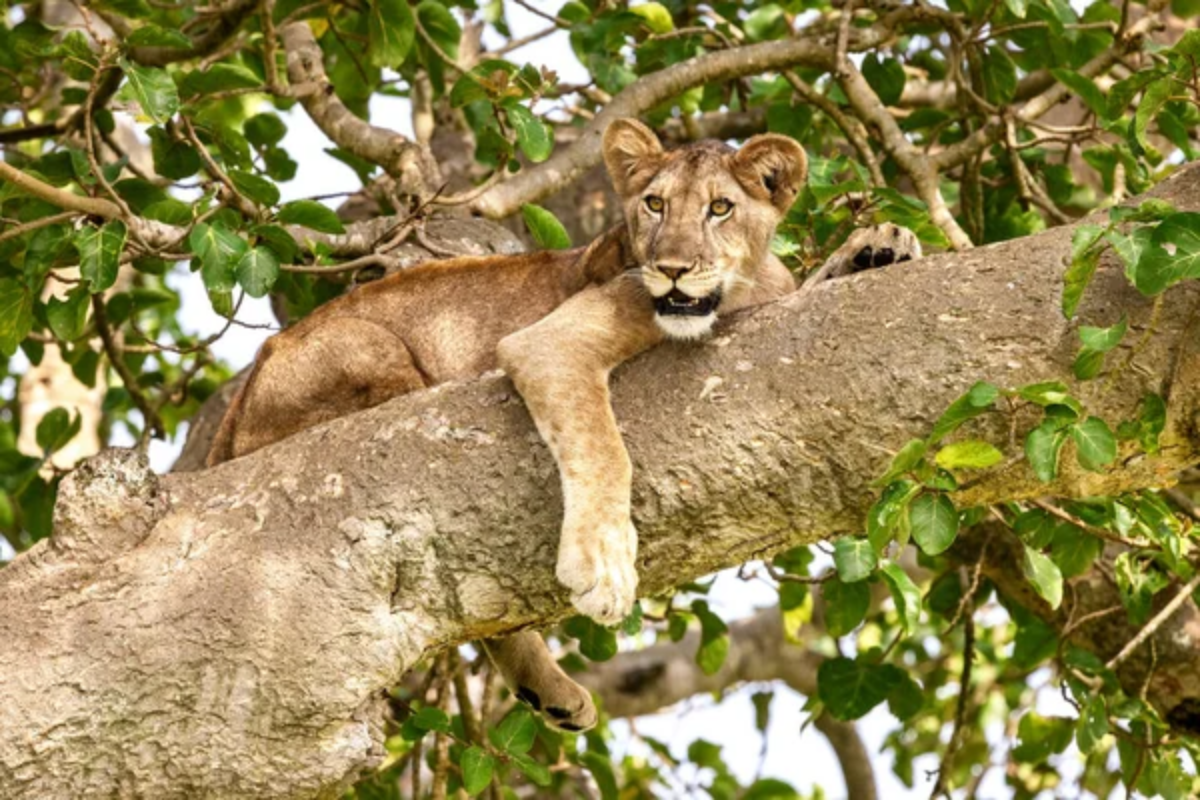
The Ishasha sector of Queen Elizabeth National Park is famous for its unique tree-climbing lions, which drape themselves across fig tree branches. Unlike most lions, which occasionally climb, these cats have made it a regular habit to escape the heat and biting insects on the ground.
Seeing golden felines lounging 20 feet above the ground contradicts everything visitors expect from traditional lion behavior.
Shoebill Storks
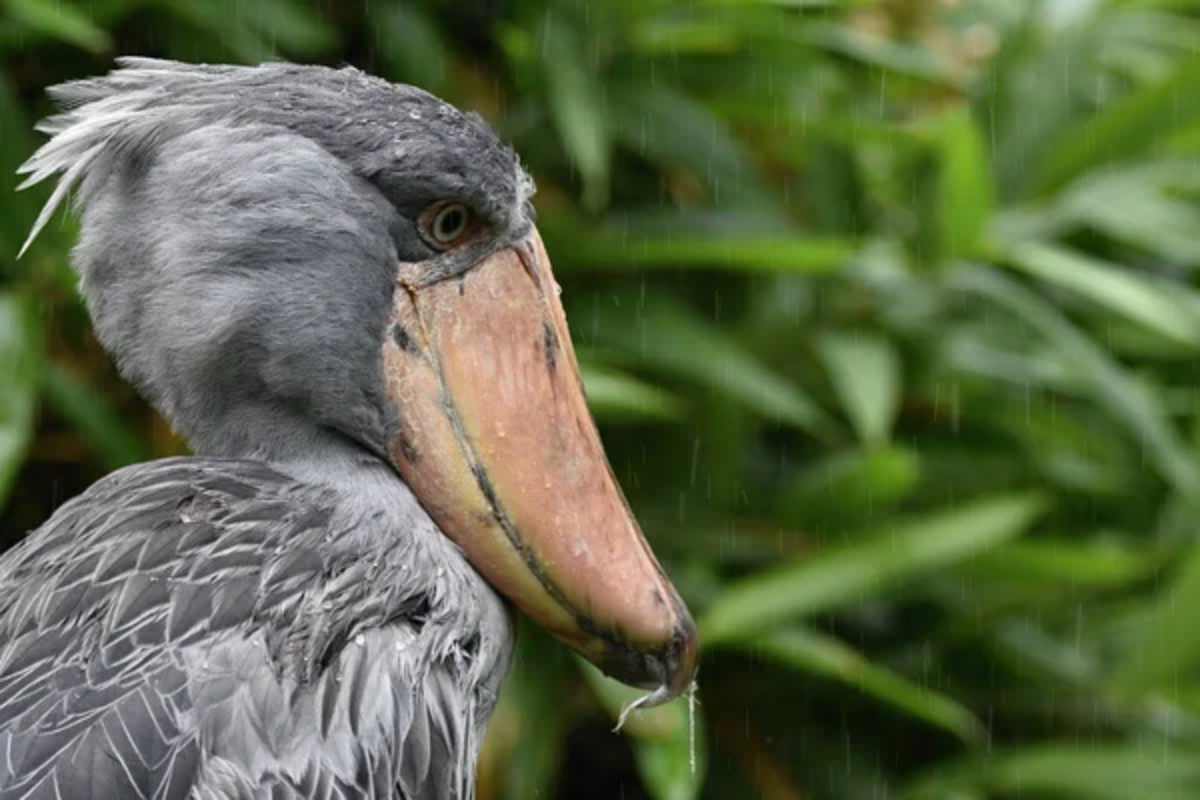
The prehistoric-looking shoebill stands motionless in Uganda’s wetlands like a statue waiting for prey. These massive birds stand four feet tall with distinctive shoe-shaped bills that can decapitate a lungfish in seconds.
The Mabamba Swamp west of Entebbe offers close encounters with these rare birds that seem to be plucked straight from the dinosaur era.
Rothschild Giraffes
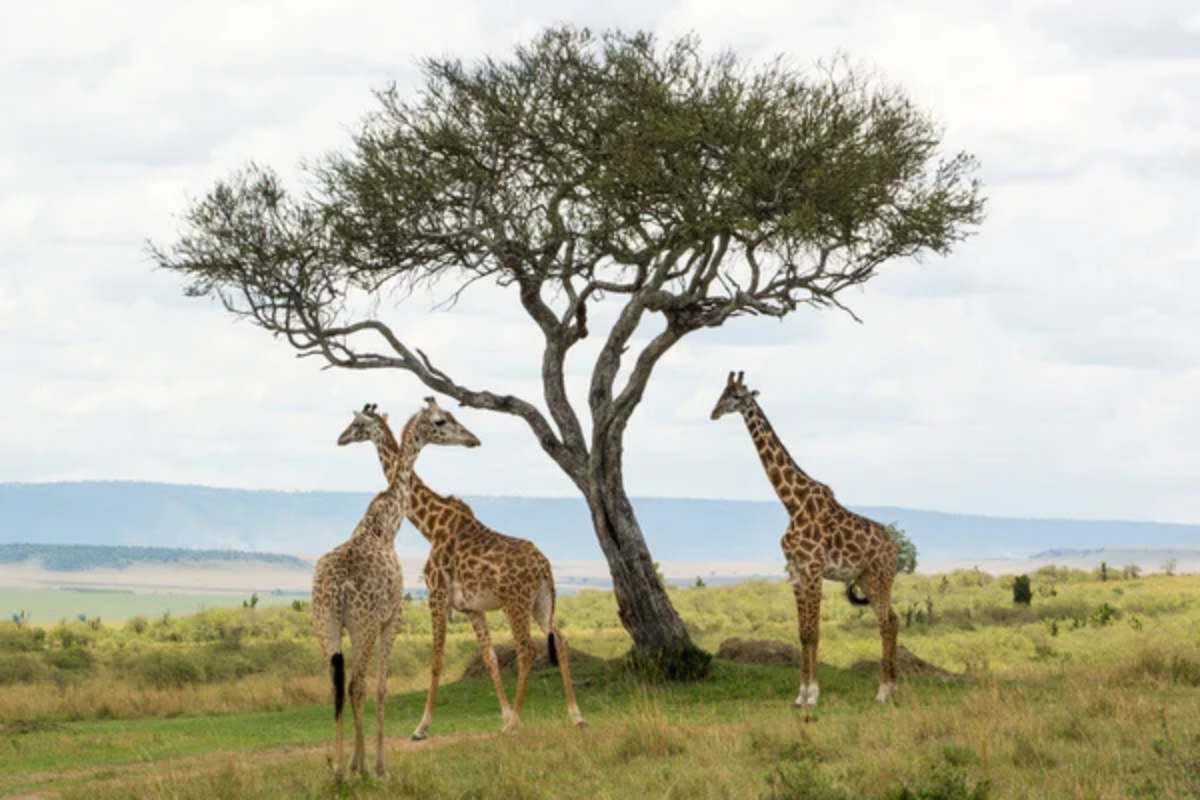
Murchison Falls National Park provides sanctuary for the endangered Rothschild giraffe, distinguished by its cream background and unbroken brown patches. These elegant giants move gracefully across the savannah, reaching vegetation up to 19 feet high with their prehensile tongues.
Watching a tower of giraffes silhouetted against Uganda’s sunset creates a classic African panorama.
Like Travel Pug’s content? Follow us on MSN.
African Elephants
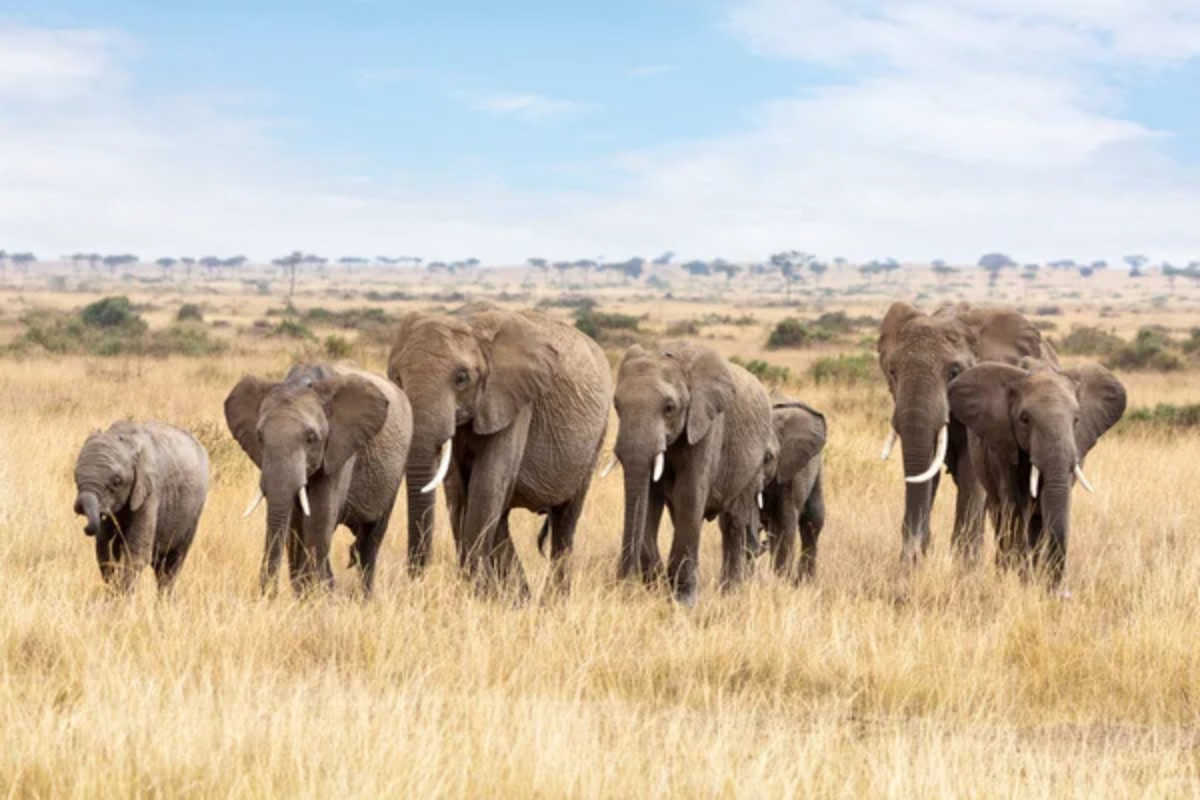
Herds of elephants roam freely in Queen Elizabeth National Park, showcasing complex social structures centered around matriarch leadership. These intelligent creatures can be observed bathing in the Kazinga Channel, using their trunks as versatile tools for drinking, dusting, and greeting.
Witnessing a baby elephant playfully splashing while protected by vigilant adults reveals the depth of their family bonds.
Nile Crocodiles
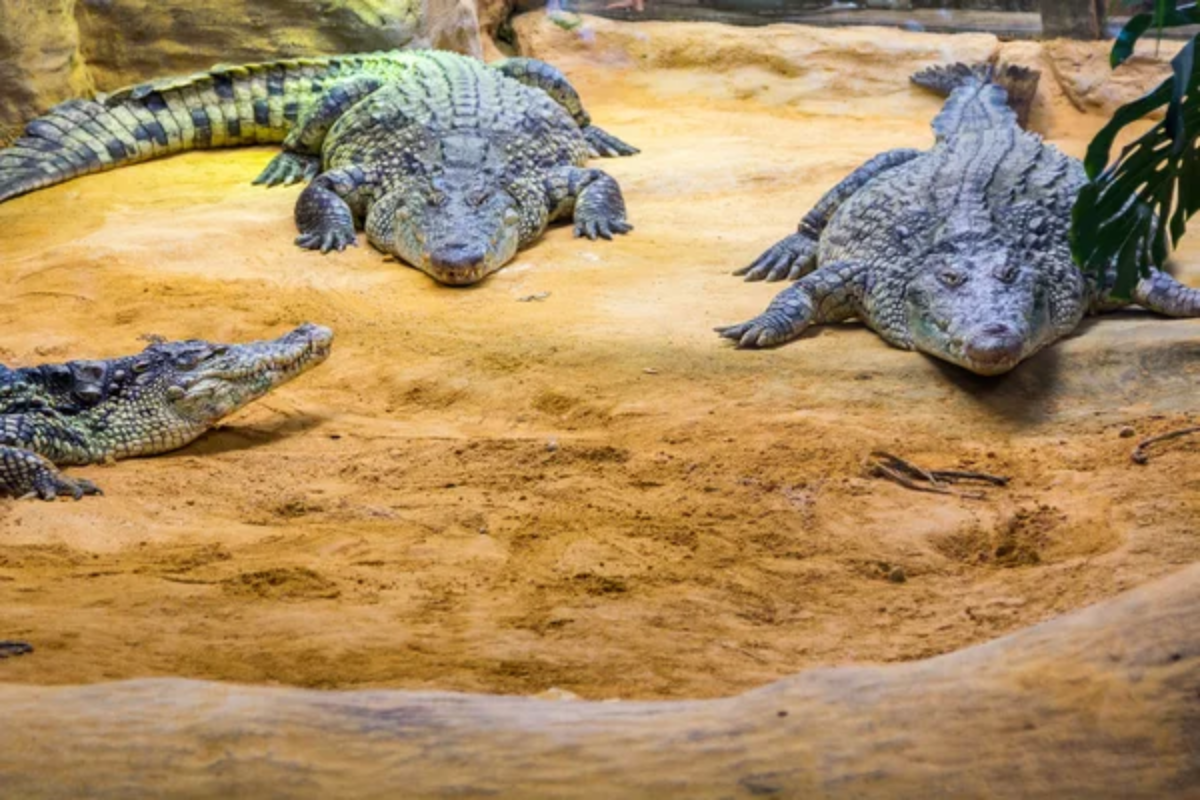
The mighty Nile crocodile patrols the waters below Murchison Falls, where the world’s longest river squeezes through a 23-foot gap. These ancient reptiles can grow to 16 feet long and patiently await prey coming to drink at the riverbanks.
Their prehistoric appearance and lightning-fast attacks remind visitors that nature’s food chain operates on split-second timing.
Hippos
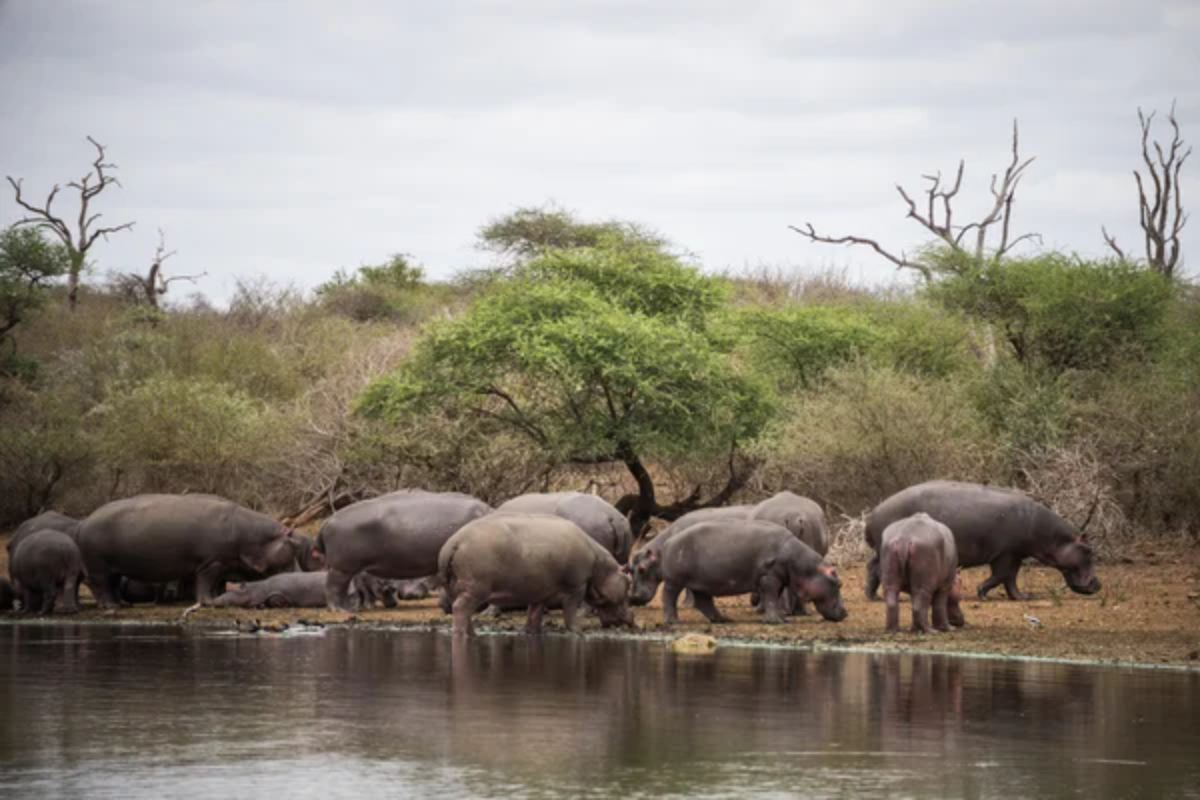
The Kazinga Channel, connecting Lake Edward and Lake George, hosts one of Africa’s largest concentrations of hippos. Despite their rotund appearance, hippos can run up to 20 miles per hour and are responsible for more human deaths in Africa than any other large animal.
Boat safaris provide front-row seats to hippo pods as they grunt, splash, and establish territorial dominance.
Like Travel Pug’s content? Follow us on MSN.
African Buffalo
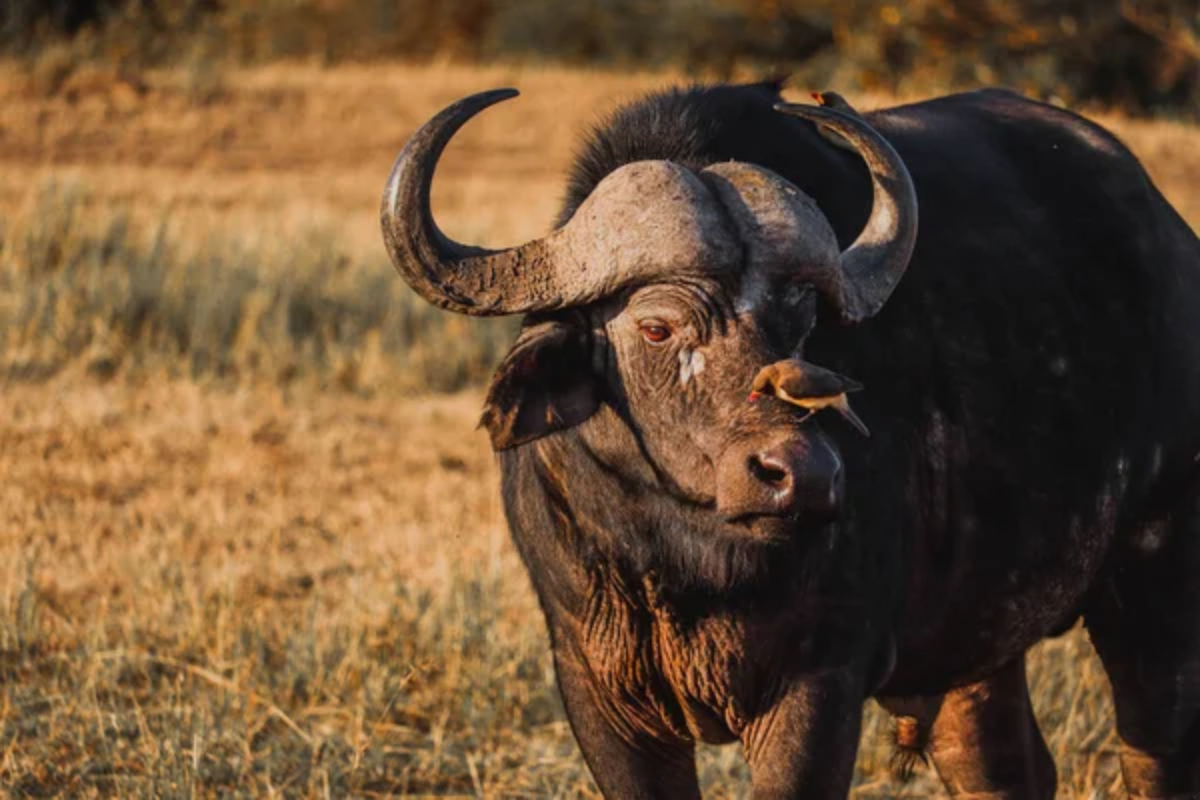
Uganda’s massive Cape buffalo herds create a moving landscape of muscle and horn across the savannah plains. These unpredictable bovines earned their reputation as part of the ‘Big Five’ due to their surprising agility and defensive nature when threatened.
Morning game drives often reveal hundreds of buffalo grazing together like a dark, moving carpet across the grasslands.
Zebras
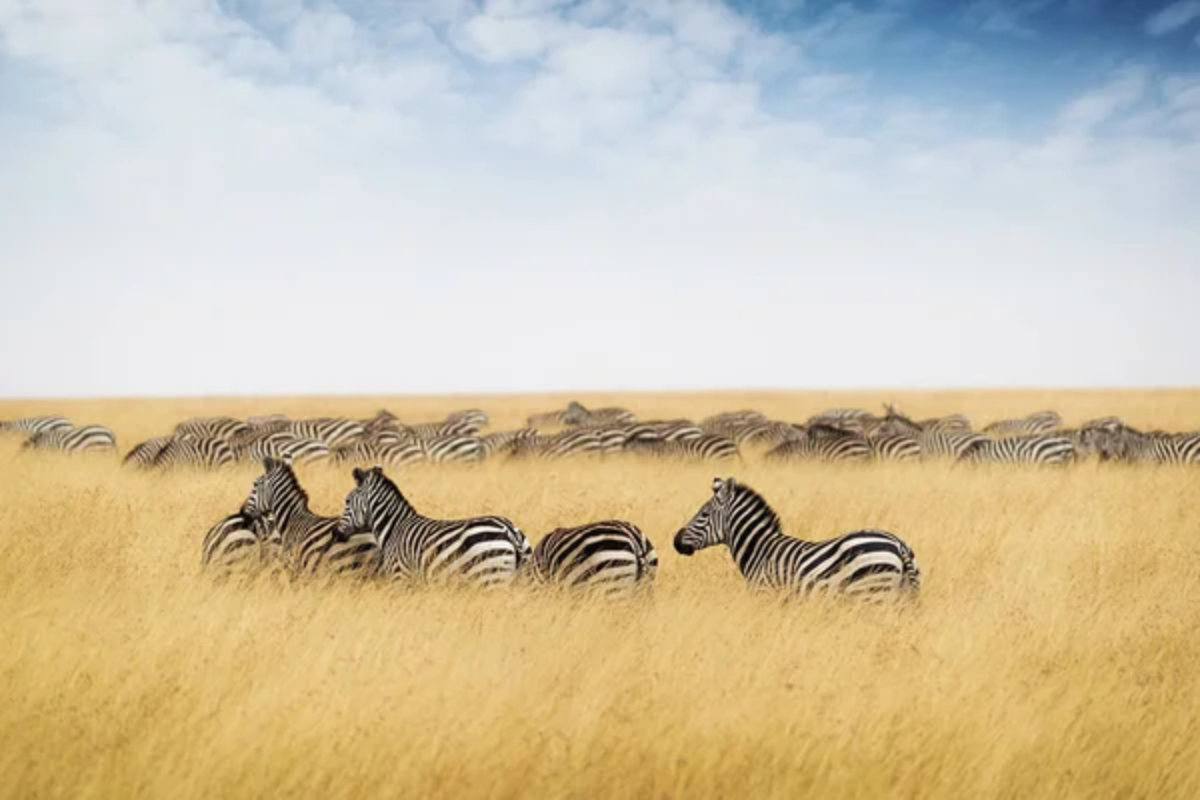
Plains zebras’ distinctive black and white patterns create mesmerizing visual effects as they move across Uganda’s grasslands. Each zebra’s stripe pattern is as unique as a human fingerprint, serving as both identification and natural defense against predators.
Watching these social animals groom each other while maintaining vigilant lookouts demonstrates their deep herd connections.
Uganda Kob
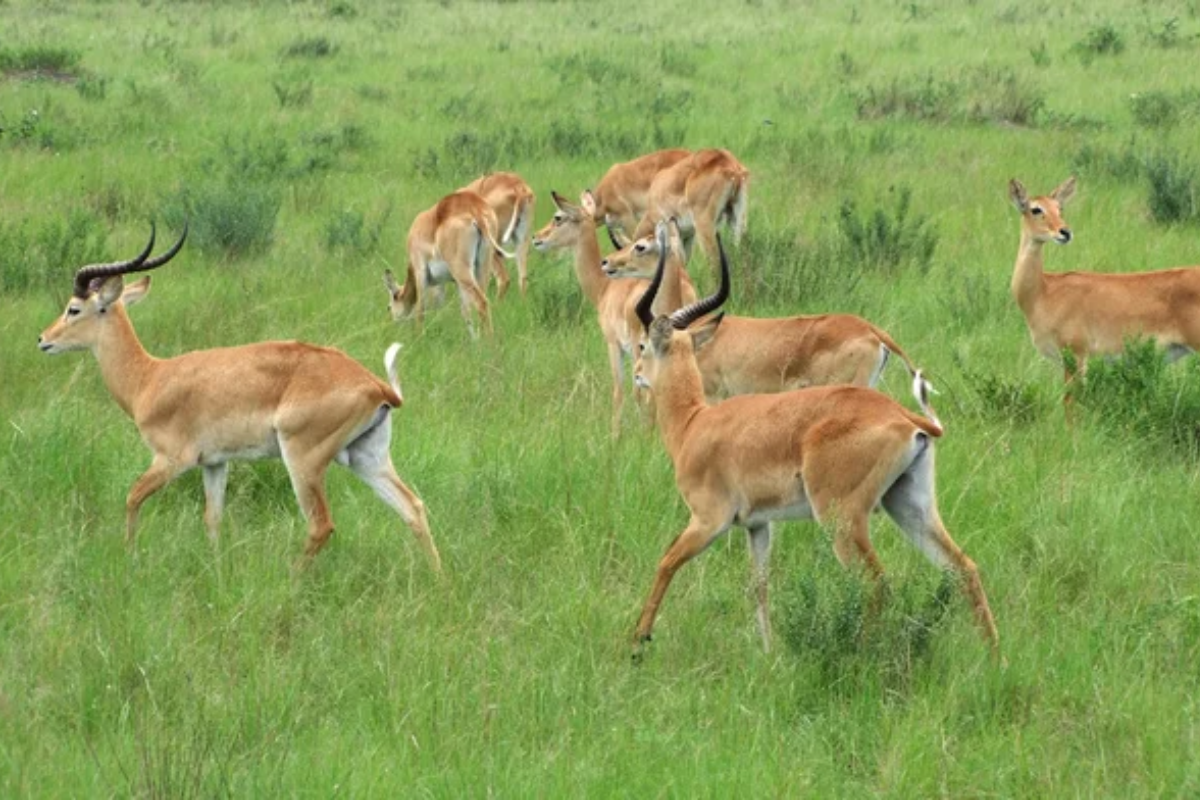
This elegant antelope serves as Uganda’s national symbol, appearing on the country’s coat of arms. Males establish territories on traditional breeding grounds called leks, where they compete for female attention through displays of strength and fitness.
Their graceful leaps and bounds reach impressive heights as they traverse the savannah with effortless motion.
Like Travel Pug’s content? Follow us on MSN.
Leopards
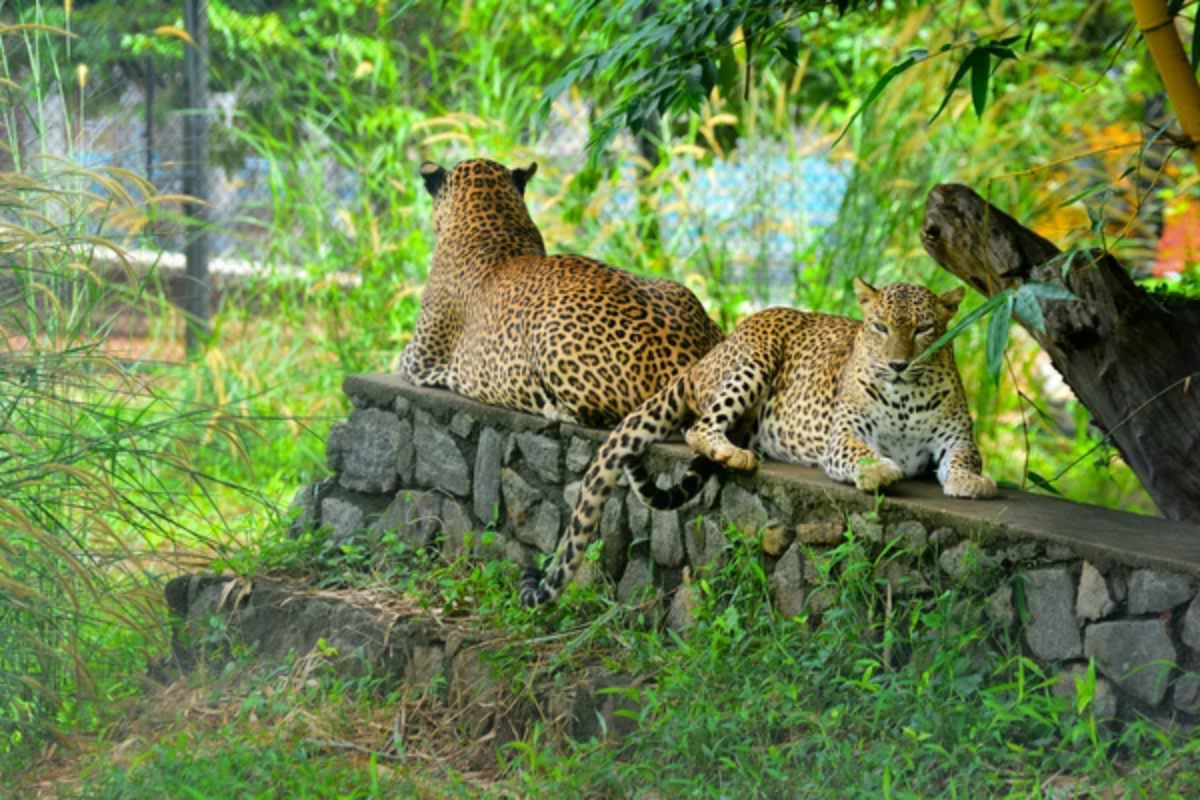
Masters of stealth, Uganda’s leopards often remain hidden in trees and rocky outcrops during daylight hours. Their incredible strength allows them to hoist prey twice their weight into trees for safekeeping from other predators.
Night game drives offer the best chances to spot these elusive cats as they emerge from hiding to patrol their territories under the cover of darkness.
White Rhinos
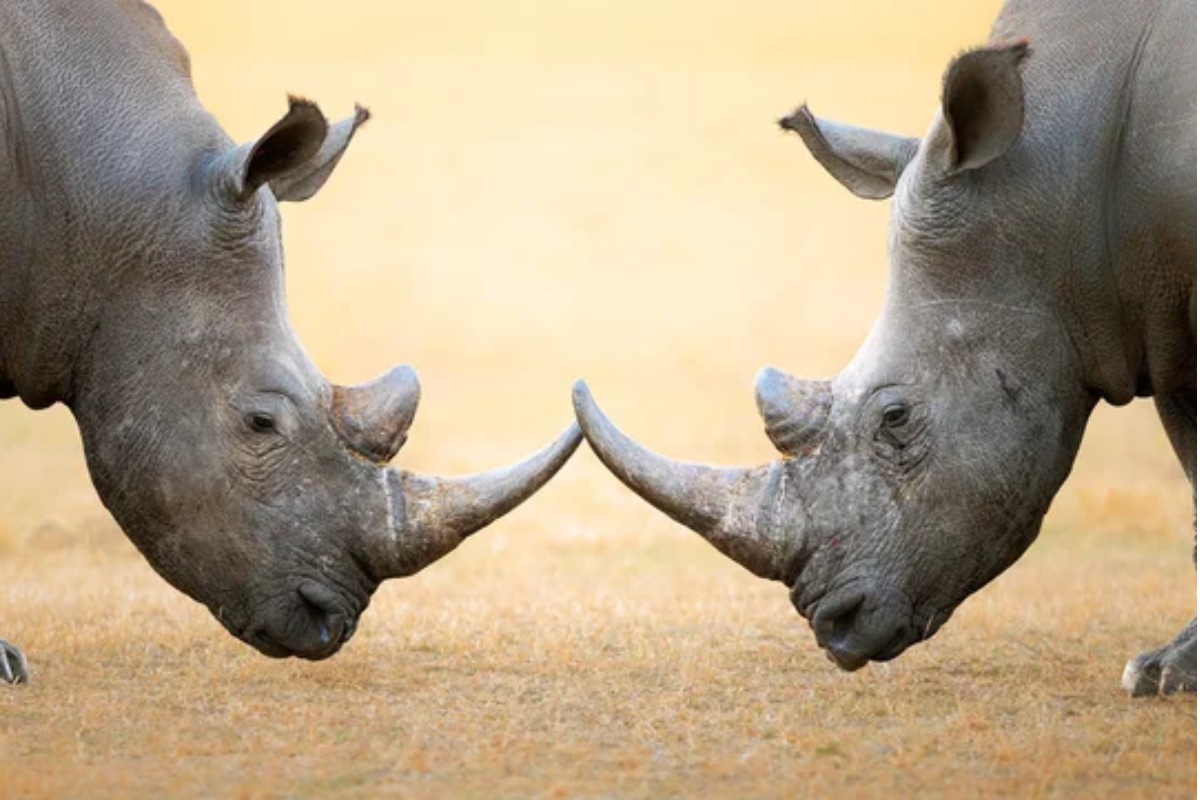
Ziwa Rhino Sanctuary offers walking safaris to observe the reintroduced white rhinos that were previously extinct in Uganda. These massive herbivores with prehistoric appearances weigh up to 5,000 pounds yet move with surprising agility through their grassland habitat.
The dedicated ranger-guided treks provide opportunities to approach within safe distances of these endangered giants while supporting crucial conservation efforts.
Nile Perch
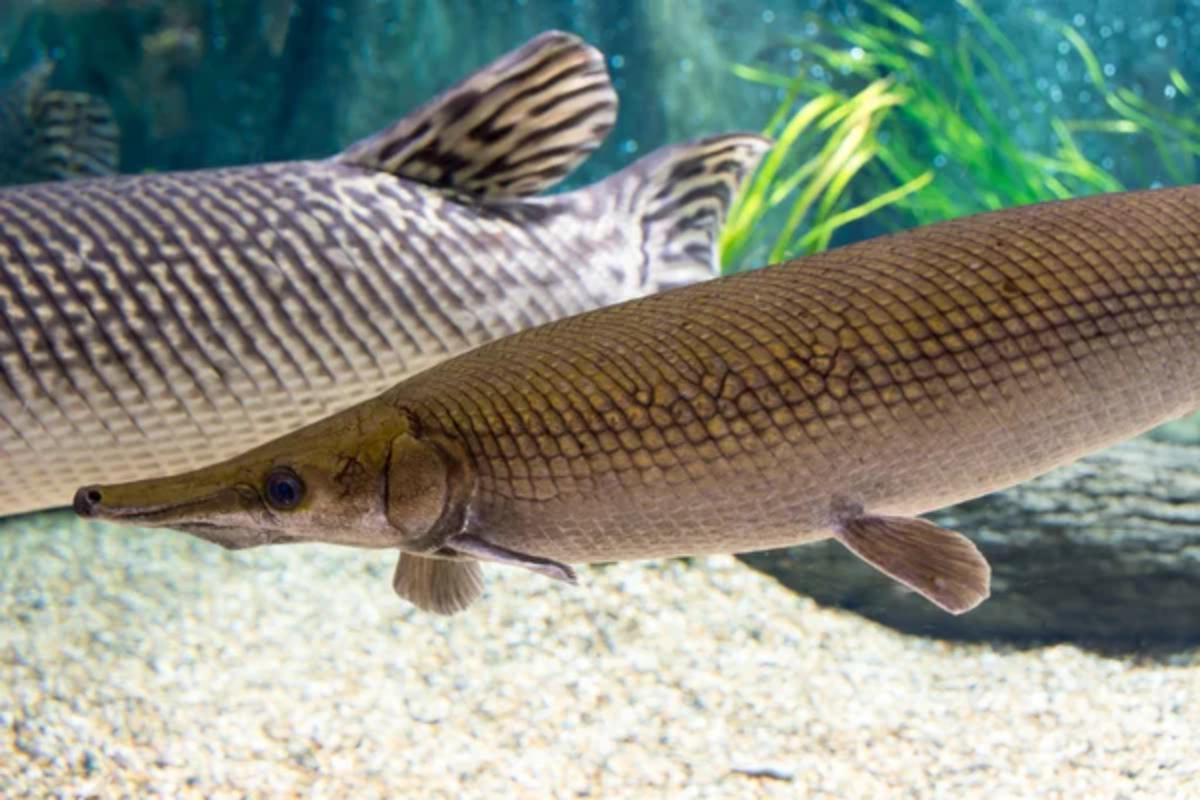
Lake Victoria hosts the massive Nile perch, which can grow to over 6 feet long and weigh more than 200 pounds. These freshwater giants provide ecological drama and economic importance to local fishing communities along the shoreline.
Fishing expeditions offer the thrill of battling these powerful creatures while experiencing Uganda’s magnificent lake landscapes.
Like Travel Pug’s content? Follow us on MSN.
Colobus Monkeys
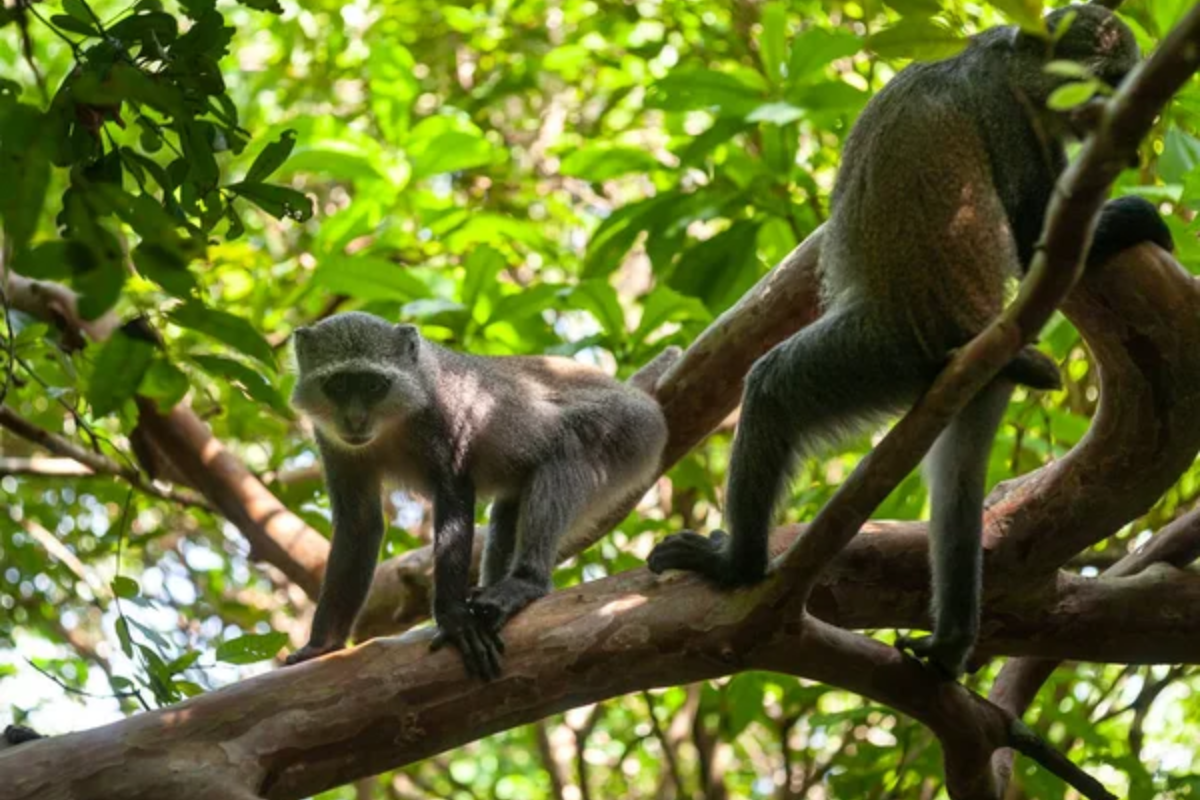
The black and white colobus monkeys create striking silhouettes against the forest canopy of Uganda’s mountainous regions. Unlike other primates, they lack thumbs but compensate with powerful fingers perfect for their acrobatic lifestyle.
Their dramatic leaps between trees can span distances of over 30 feet as they navigate their forest home with aerial grace.
Topi Antelopes
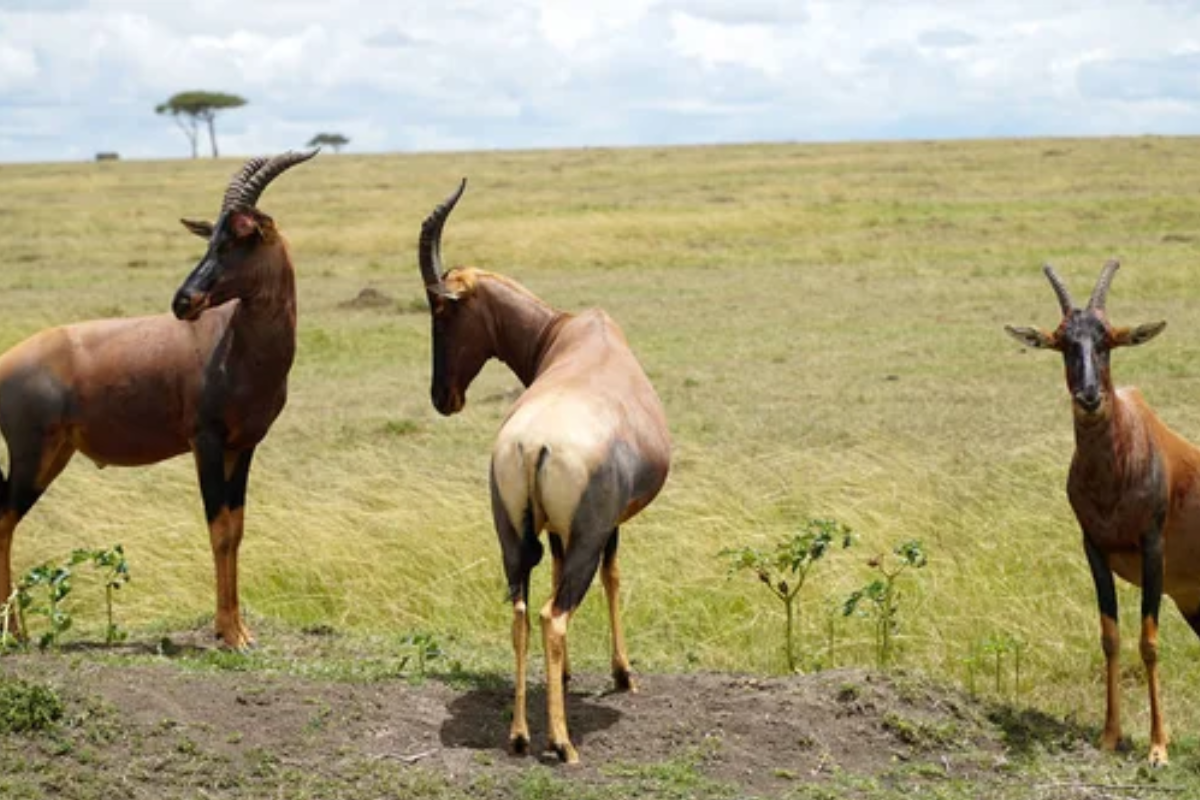
These rust-colored antelopes with distinctive purple patches stand sentinel-like on termite mounds across Uganda’s plains. Using these natural observation posts, toposcan for predators while showing their fitness to potential mates.
Their unique coloration shifts with changing light, creating a natural camouflage that blends perfectly with Uganda’s golden grasslands during dry seasons.
Warthogs
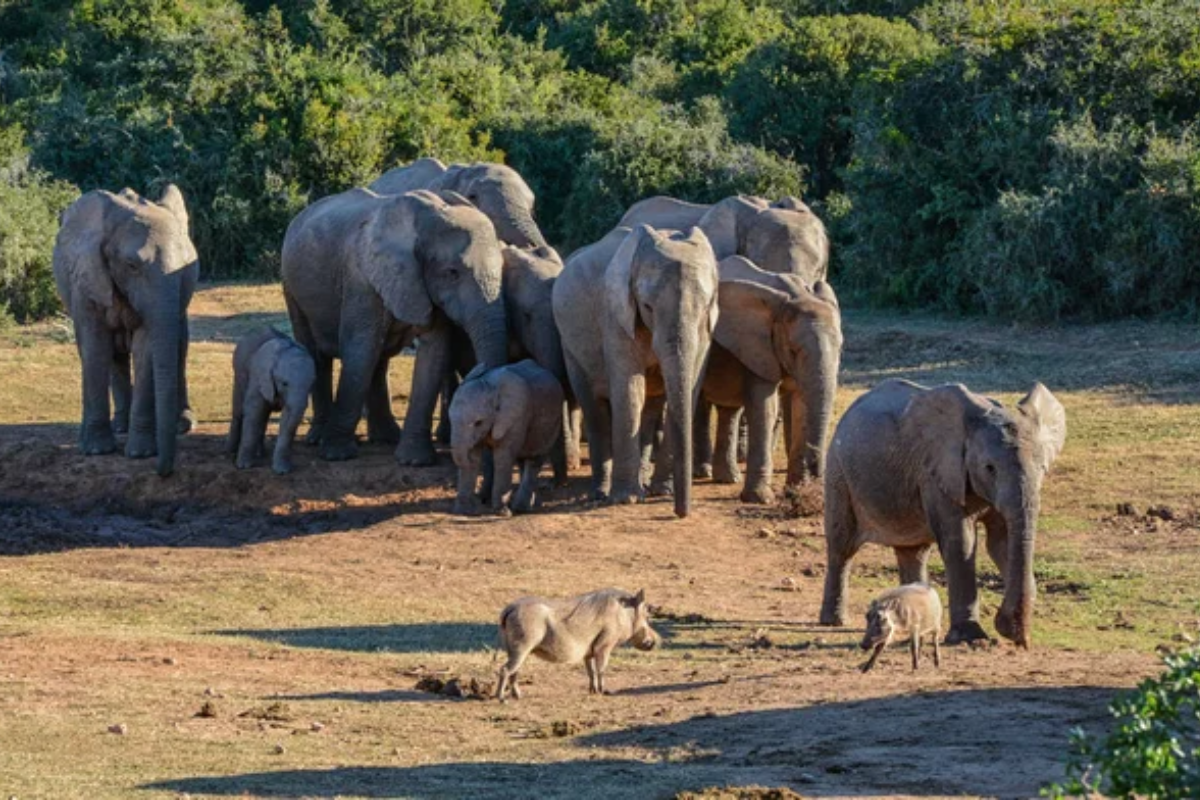
Despite their comical appearance, warthogs bring personality and charm to Uganda’s savannah landscapes. These relatives of domestic pigs trot across the plains with tails held high like antennas, kneeling on their front legs to graze with their prominently tusked faces.
Families of warthogs dashing into abandoned aardvark burrows tail-first create some of the savannah’s most entertaining moments.
Like Travel Pug’s content? Follow us on MSN.
Olive Baboons
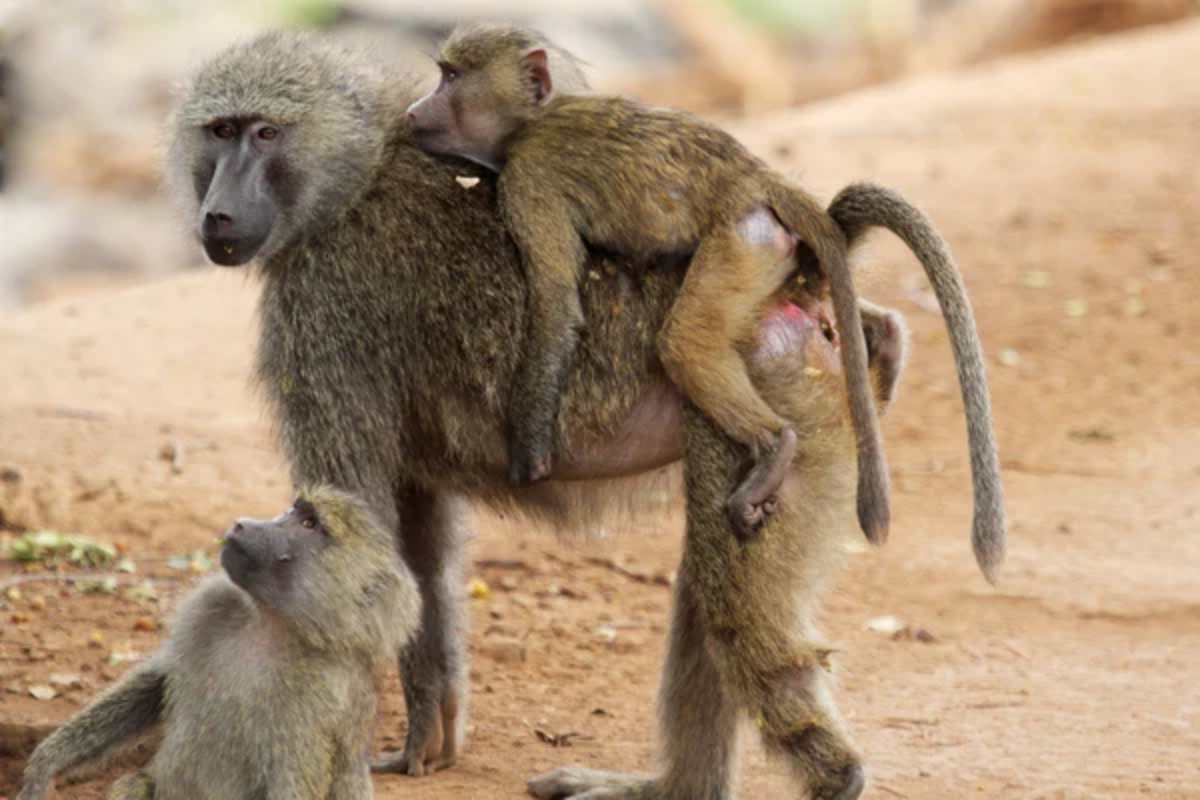
Intelligent and adaptive, olive baboons form complex troops that navigate Uganda’s varied landscapes from forest edges to rocky outcrops. Their highly organized social structure includes clear hierarchies that govern everything from feeding rights to grooming privileges.
Watching these expressive primates communicate through subtle gestures, facial expressions, and vocalizations provides insights into primate behavior and evolution.
Giant Forest Hogs
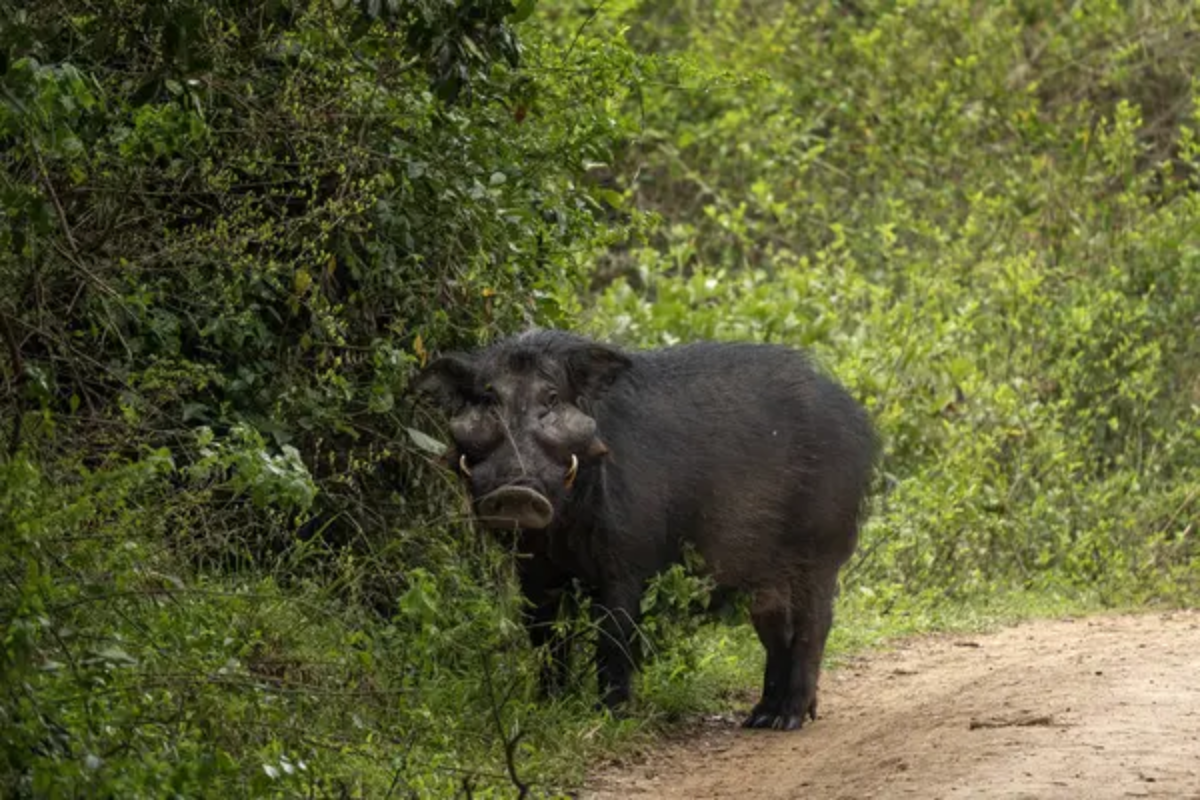
Africa’s largest wild pigs roam Uganda’s forests, with males weighing up to 600 pounds. Their massive tusks and characteristic pointed ear tufts make them instantly recognizable despite their shy nature.
Dawn and dusk offer the best chances to observe these forest giants as they emerge from dense vegetation to forage in forest clearings and glades.
Serval Cats
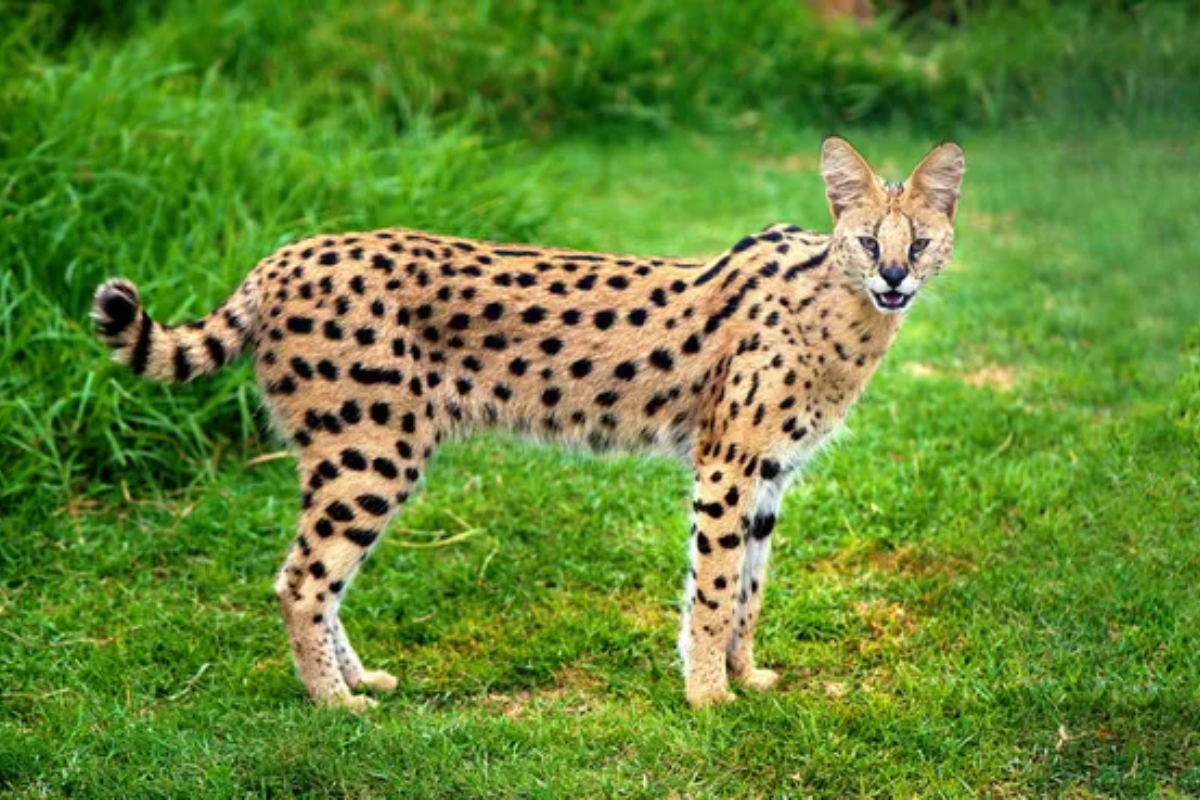
The serval’s remarkable proportions—tallest of all small cats with the longest legs relative to body size—make it perfectly adapted for hunting in Uganda’s tall grasses. These spotted felines can leap 9 feet high to pounce on rodents detected by their oversized ears.
Patient wildlife enthusiasts might witness their signature hunting technique: a high vertical jump followed by a precise two-footed landing that pins prey beneath the grass.
Like Travel Pug’s content? Follow us on MSN.
Uganda’s Living Legacy
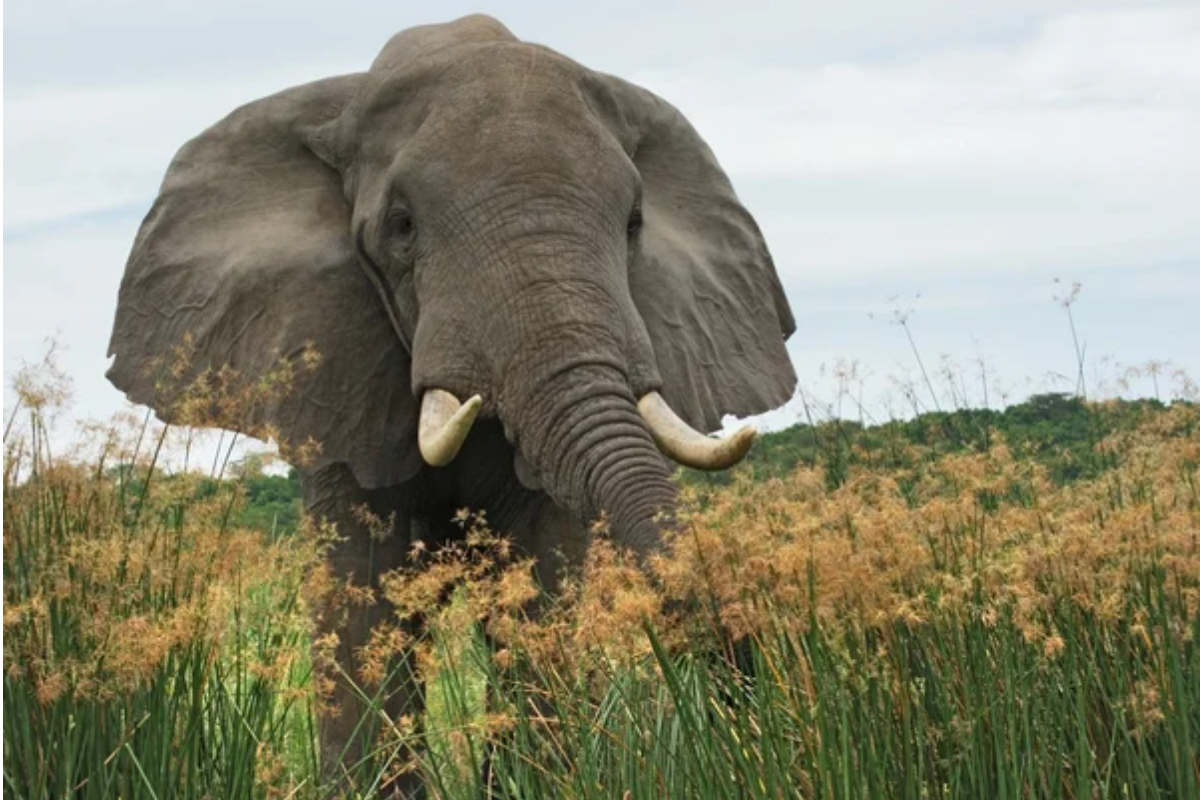
From the misty mountains where gorillas roam to the sprawling savannahs where lions hunt, Uganda’s wildlife heritage stands as a testament to successful conservation against mounting pressures. Traditional wildlife corridors now connect protected areas, allowing animals to follow ancient migration routes despite human development.
Uganda demonstrates how, when managed responsibly, tourism creates economic incentives that transform wildlife from resource competitors into valuable national treasures. The country’s continued commitment to biodiversity preservation ensures these 20 wildlife encounters will remain available for generations.
More from Travel Pug

- Cities Growing so Fast You Won’t Recognize Them in 10 Years
- 13 Destinations Where Tourists Regularly Regret Their Trip
- 16 U.S. Cities That Are Quietly Becoming Travel Hotspots
- Where to Travel If You Love Long Bus Rides and Daydreams
- 20 Cities Perfect for Solo Travelers Who Crave Adventure & Culture
Like Travel Pug’s content? Follow us on MSN.
